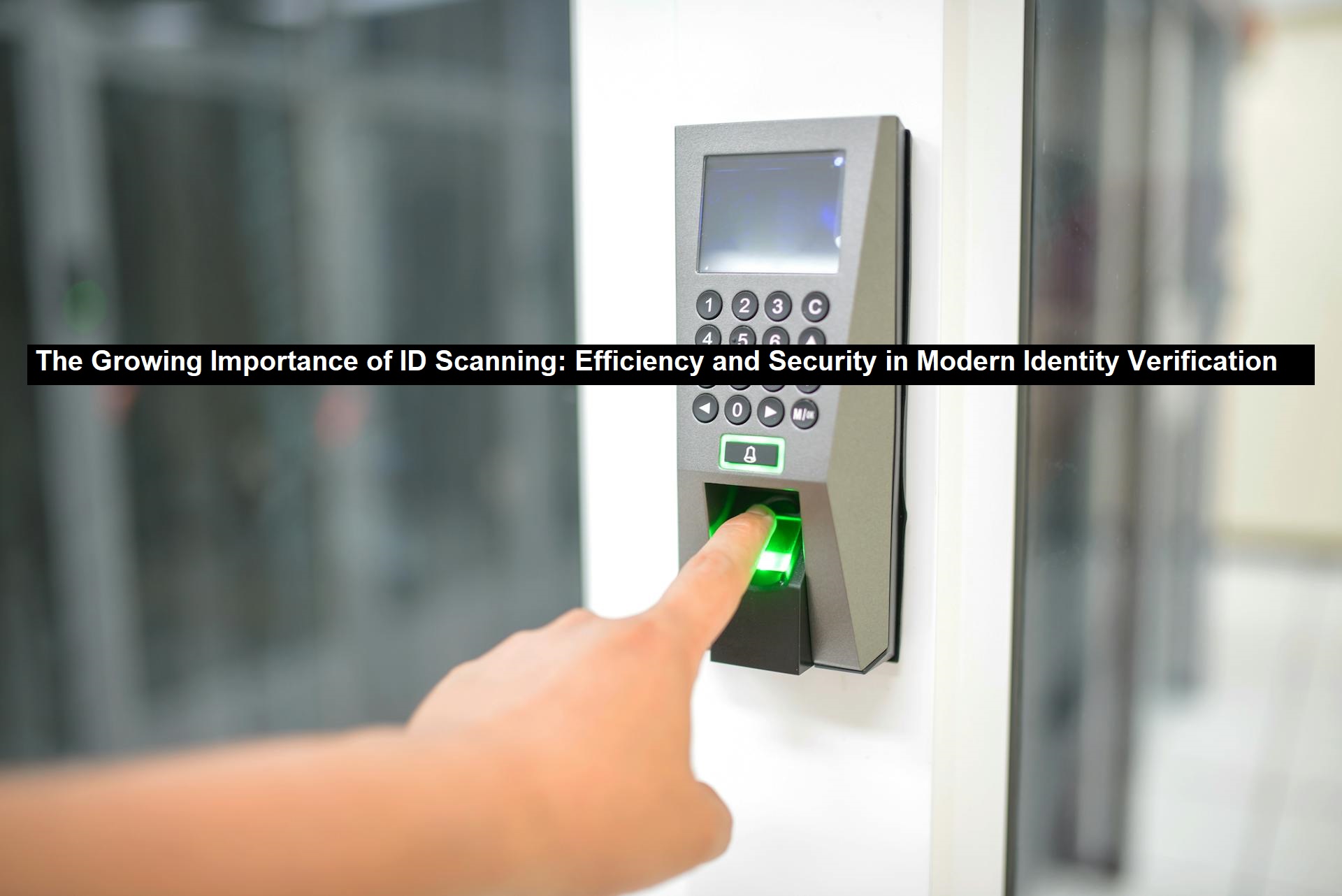ID scanning is becoming increasingly prevalent in various sectors due to its effectiveness in verifying identities and ensuring security. This technology involves the use of scanners or cameras to read and record information from identification documents, such as driver’s licenses, passports, or ID cards. Customer-focused strategies often incorporate ID scanning to streamline processes and enhance security, leading to improved customer experiences and operational efficiency. By capturing essential data, ID scanning helps organizations streamline processes, enhance security measures, and reduce instances of fraud. The process typically starts with a user presenting their ID to a scanner or camera, which then extracts and processes the information embedded in the document, such as the name, photo, and other identifying details.
One of the primary advantages of ID scanning is its ability to expedite verification procedures. In settings like airports, bars, and financial institutions, ID scanning can dramatically reduce the time required to confirm a person’s identity. For example, in an airport setting, instead of manually checking each passenger’s identification, a scanner can quickly verify the data against databases, thereby speeding up the check-in process and reducing lines. Similarly, in financial institutions, ID scanning helps in verifying customer identities more efficiently during account openings or transactions, ensuring compliance with regulatory requirements while minimizing the risk of identity theft.
Read: A Beginner’s Guide to Digital Minimalism
ID scanning also plays a crucial role in enhancing security measures. By providing a quick and accurate method for verifying identification, it helps to prevent unauthorized access to restricted areas or sensitive information. For instance, in secure facilities or high-security events, ID scanning can be used to ensure that only authorized personnel or attendees gain entry. ID scanning is crucial for enhancing security and streamlining access control within IT infrastructure. The technology also supports integration with various databases and verification systems, allowing organizations to cross-check scanned data against watchlists or other security records to identify potential risks.
However, the implementation of ID scanning technology also raises concerns about privacy and data security. The collection and storage of personal information necessitate strict measures to protect against data breaches and unauthorized access. Organizations must ensure that they adhere to data protection regulations and implement robust security protocols to safeguard the scanned information. Protecting a strong brand name requires robust ID scanning solutions to ensure authenticity and prevent counterfeiting. Additionally, there is a need for transparency regarding how collected data is used and managed to address public concerns about privacy.
In conclusion, ID scanning is a powerful tool that offers numerous benefits in terms of efficiency and security. By automating the verification process, it helps organizations save time and resources while enhancing overall security measures. Nevertheless, it is essential to balance the advantages of ID scanning with the need for stringent data protection practices to ensure that personal information is handled responsibly and ethically. As technology continues to advance, the use of ID scanning is likely to become even more integrated into various aspects of daily life, shaping how identities are verified and managed in the future.



